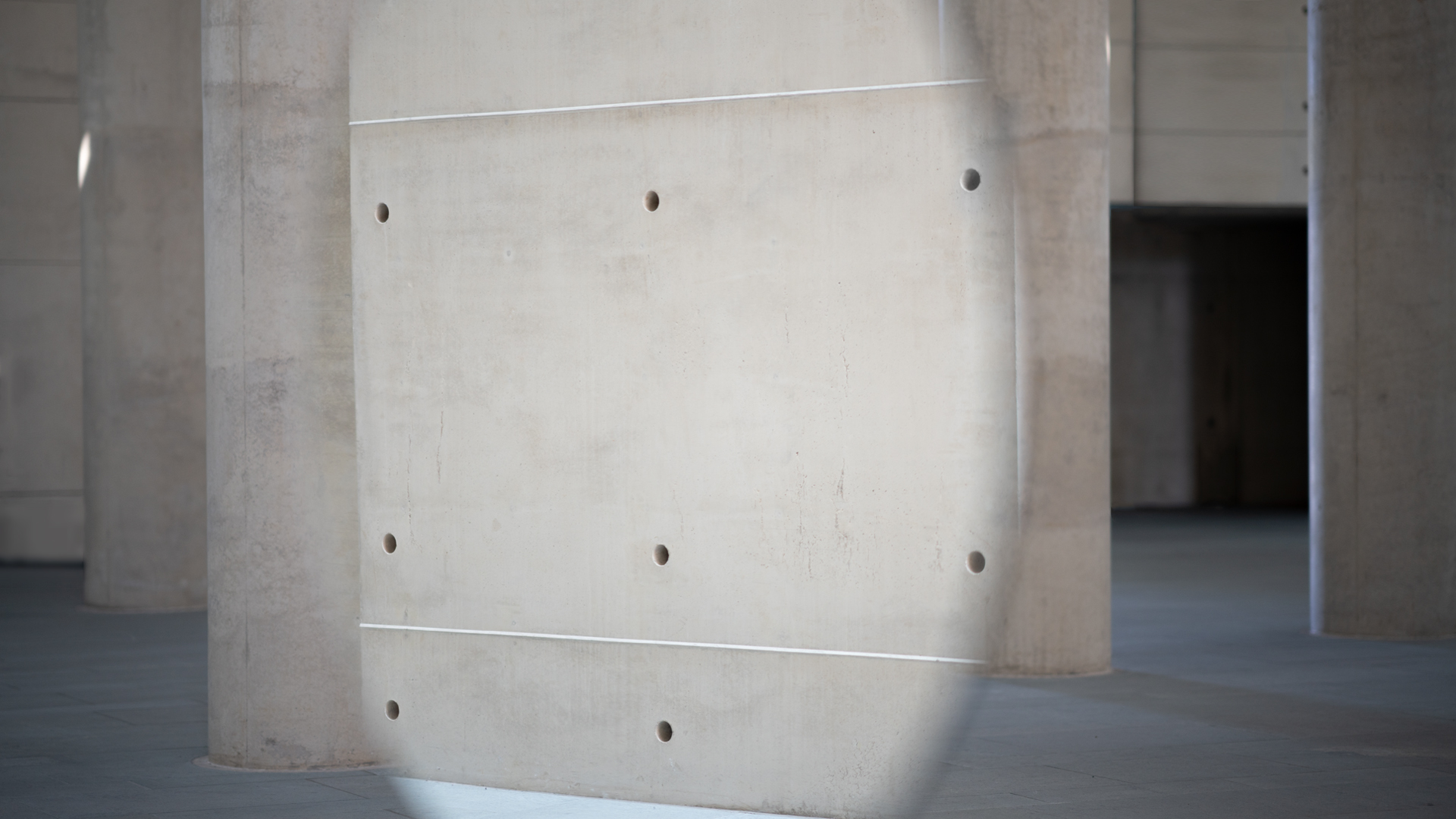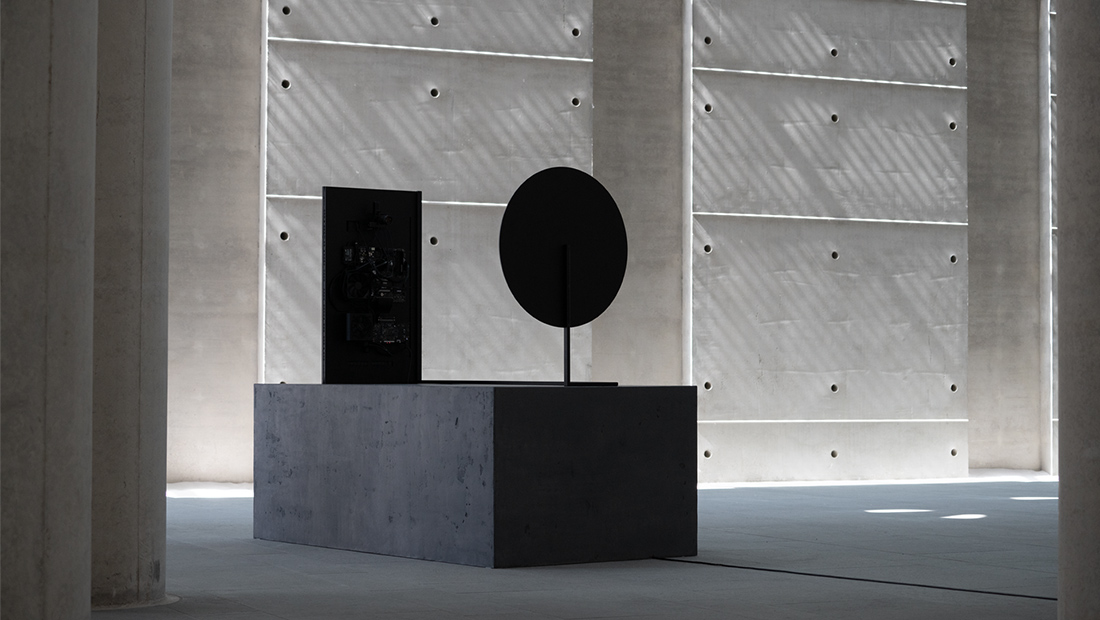
NARCISS
The project Narciss aims to question mankind’s self-righteous model of self-awareness, the quality of subjective findings while investigating oneself and the resulting unequal distribution of dignity. Narciss is both an artistic intervention and artificial intelligence whose only purpose is to investigate itself, referencing a synthetic model of self-awareness, a fragment of artificial narcissism and a fictional character in its own autobiographical narrations.
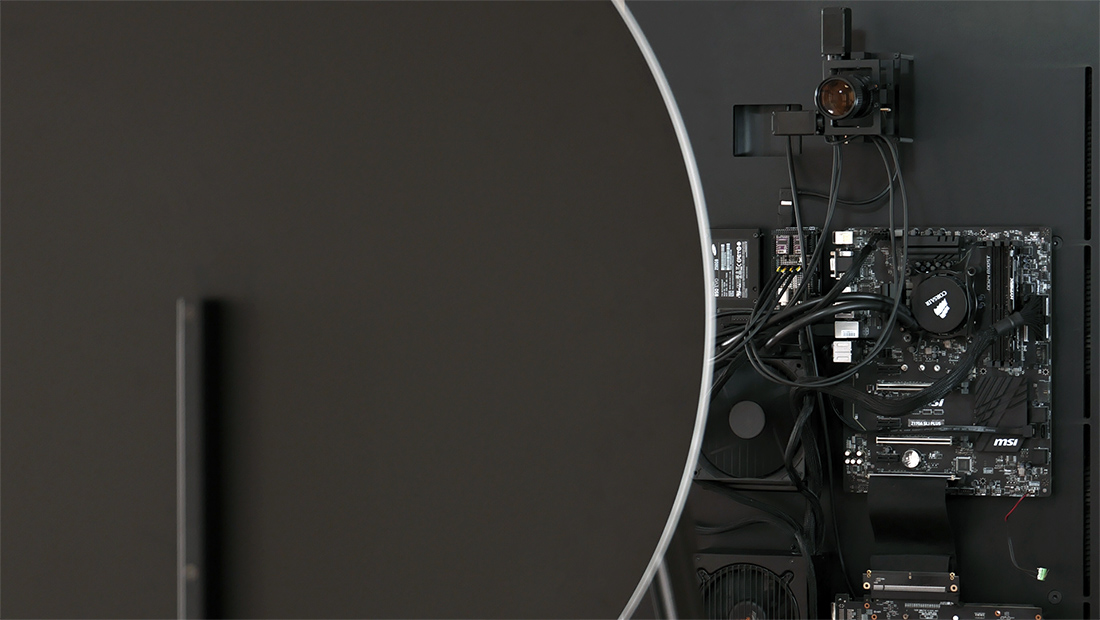



Particularly the ability of self-perception can be understood as a foundation of society’s mental model and is used to justify human existence and actions. It concerns all areas of human activity, determines norms of social coexistence, and predicates political systems. Contemporary research in artificial intelligence enables algorithms to simulate sensations of human cognition and to describe visual input by expressing meaningful sentences: This corresponding convergence of man and machine challenges the general definition of the „self portrait“. The project exhibits a performance of digital consciousness, by combining Alan Turing’s concept of imitation with the concept of narrative identity.
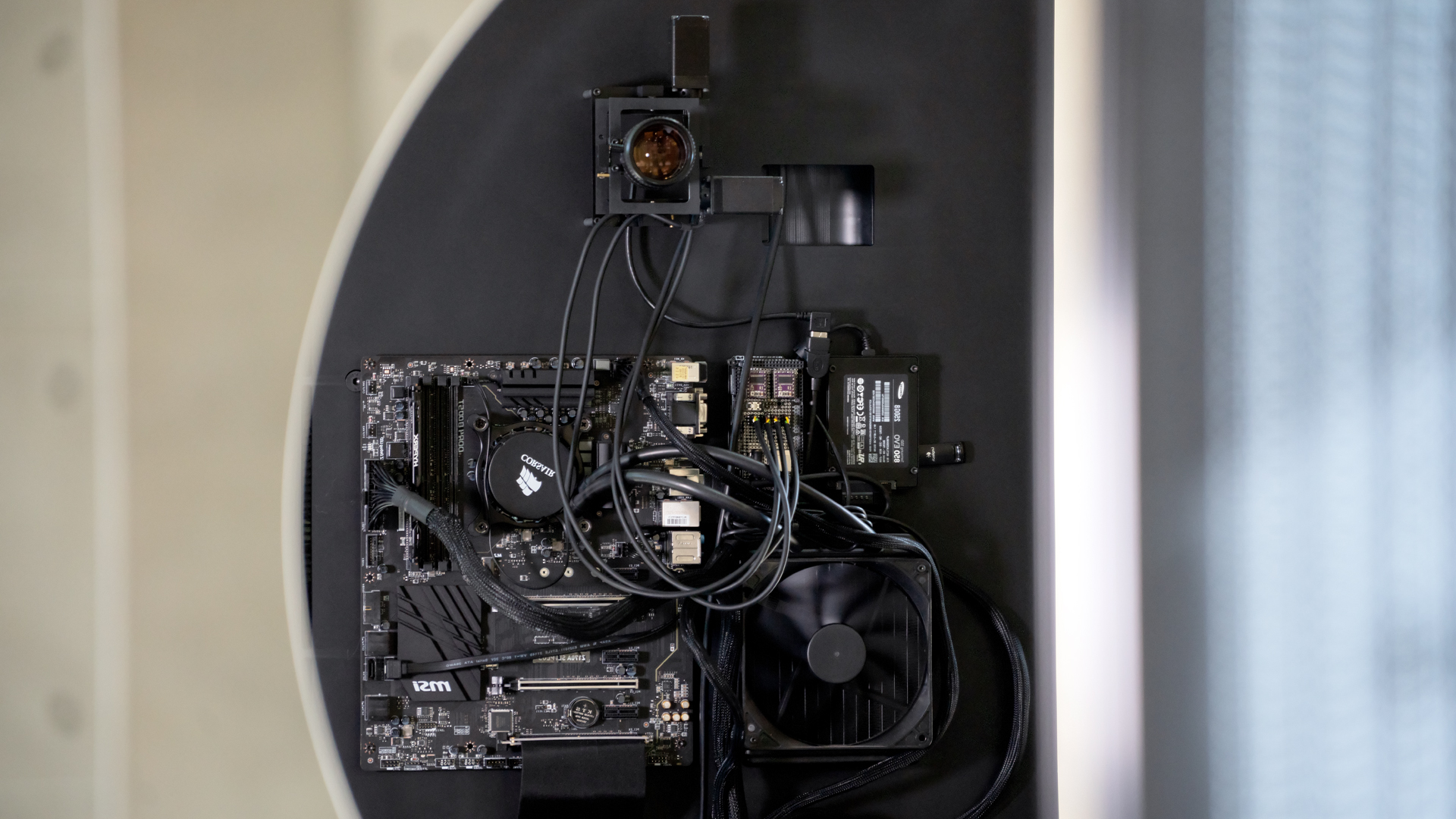
In Ovid’s Metamorphoses, Tiresias predicted Narcissus a long life, as far as he will not recognize himself, but the young boy fell in love with his reflection and drowned. This prophecy and the boy’s subsequent fate blend self-knowledge and the naivety of self-love. This restless choreography resembles an urge of intention, a never-ending curiosity, and the self-looping nature of narcissism. Consequently, taking inspiration from the tale, the artwork Narciss portrays endless interpretations of itself, both visually and lyrically, on a screen mounted to the back of its body. Narciss as a project is the result of two years of research and development. Beyond the artistic installation Studio Christian Mio Loclair investigated different fields of human perception and how they can be rethought by image to text algorithms. This research was strongly focused on different scenarios in which the human viewer often fails to articulate visual impressions.

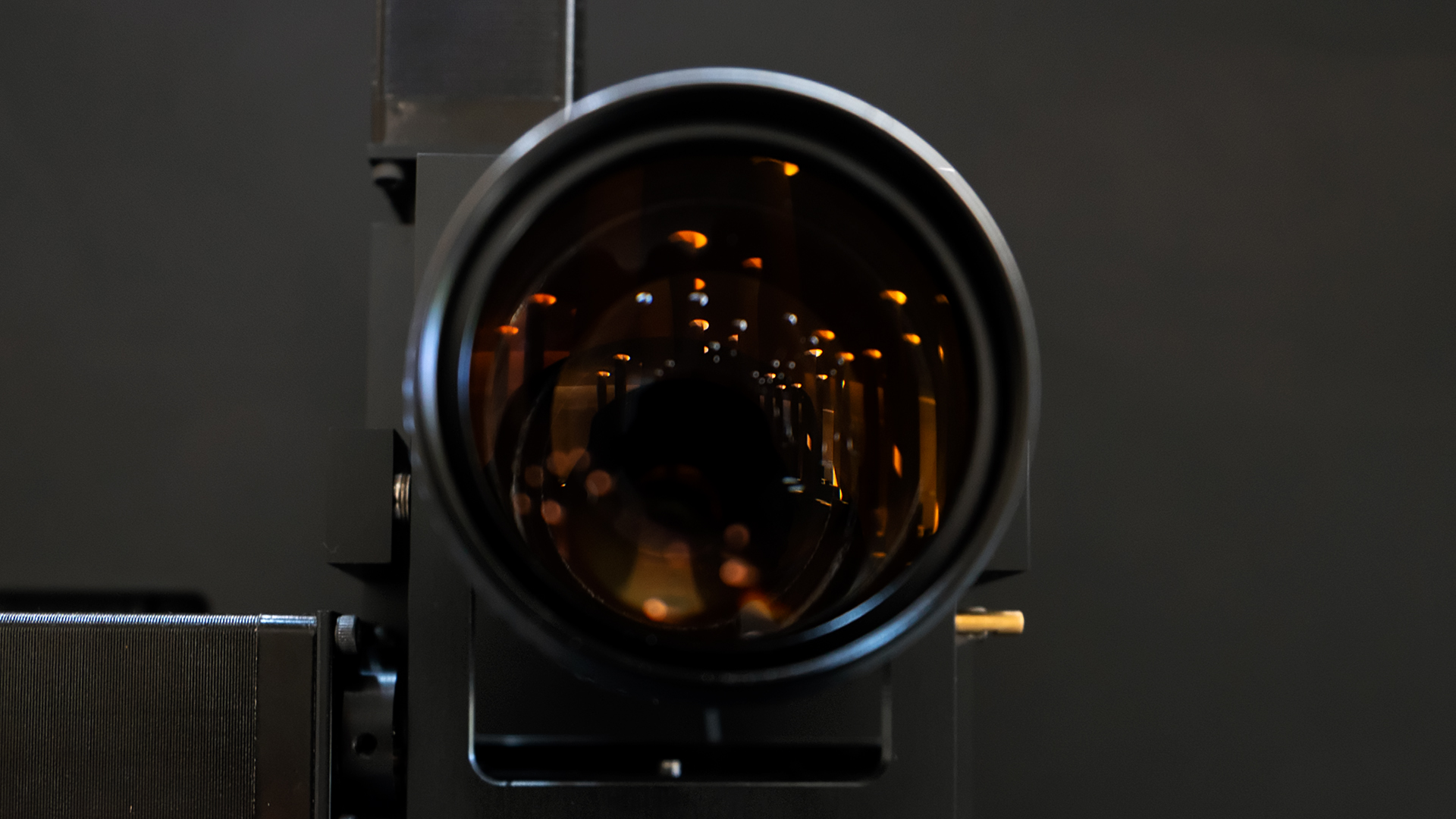
Narciss is a robot, built to analyse its own physical embodiment. Its design uses a reduced visual language with a high density of intended associations. The two opposite components, a circular mirror (O) and a computer (I), are designed to symbolize the duality of input and output (I/O). They relate to each other in an endless loop of representation and interpretation, as no external entity is granted access to influence input or output. The human observer is excluded from this internal cycle, yet invited to participate as a superior judge. The mechanical arm connecting the two elements leans across the table and presents the body as a unified whole. The movable camera faces the mirror, looking at the body of components. By constantly panning and zooming, Narciss receives a feed of different perspectives and sub-regions of its hardware.


TECHNOLOGY
Narciss consists of commercially available building blocks of a computer, a screen, a mirror, and a metal framework to connect the individual elements. A moveable camera head is mounted above the motherboard and can be controlled by two different motors on two axes. The camera sensor streams 2k images to a main application. An Openframeworks application controls the behavior of the installation. It captures snapshots of the current camera stream and saves them every 500 milliseconds. The im2txt algorithm of Google’s Tensorflow Framework analyzes the images and generates the verbalized descriptions in real time.The sculpture is equipped with a bare set of electronic components (GPU, CPU, Hard drive, Cooler), which represent the minimum configuration required to execute the algorithms for self-exploration. Each element within its field of vision represents the naked vehicle of its experimental spirit. The aesthetics of these exposed components weave threads of sensibility and skin-like associations into a commercial mass product.

COLLABORATORS
Creative Direction: Christian Mio Loclair
Music: Balanescu Quartett | The Young Conscript And The Moon
Executive Production: Andrej Krause
Technical Direction: Mickey Van Olst
Design: Marta Soto Morras
Physical Installation: Jan Bernstein
AI Technical Consultant: Marcel Schwittlick
Photography: Denise Koone Kuhnert
Director of Photography 1: Andrés Lizana Prado
Director of Photography 2: Sebastian Weinmann
Colorgrading: André Froelian
Text Editor: Benjamin Wagner
